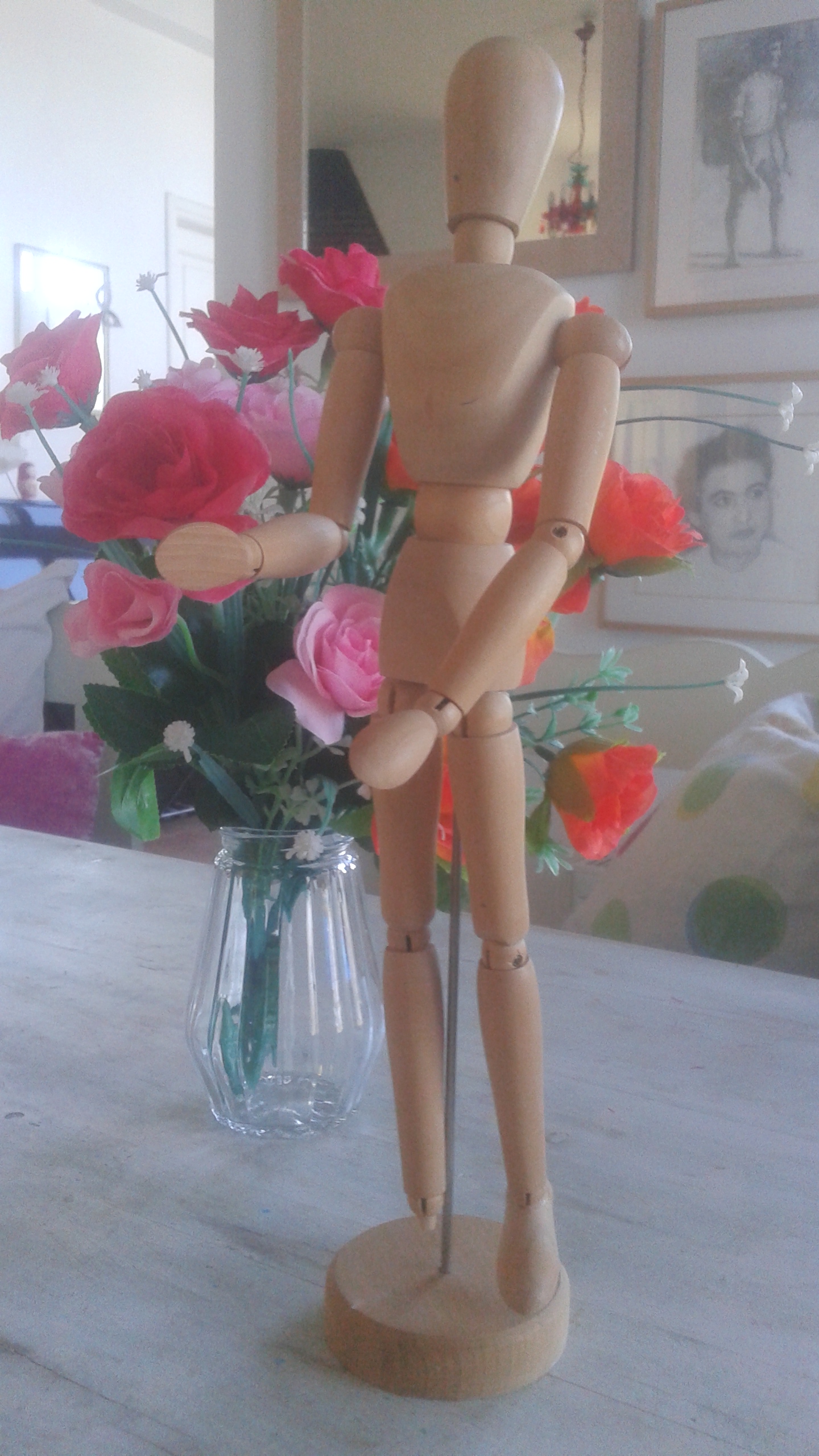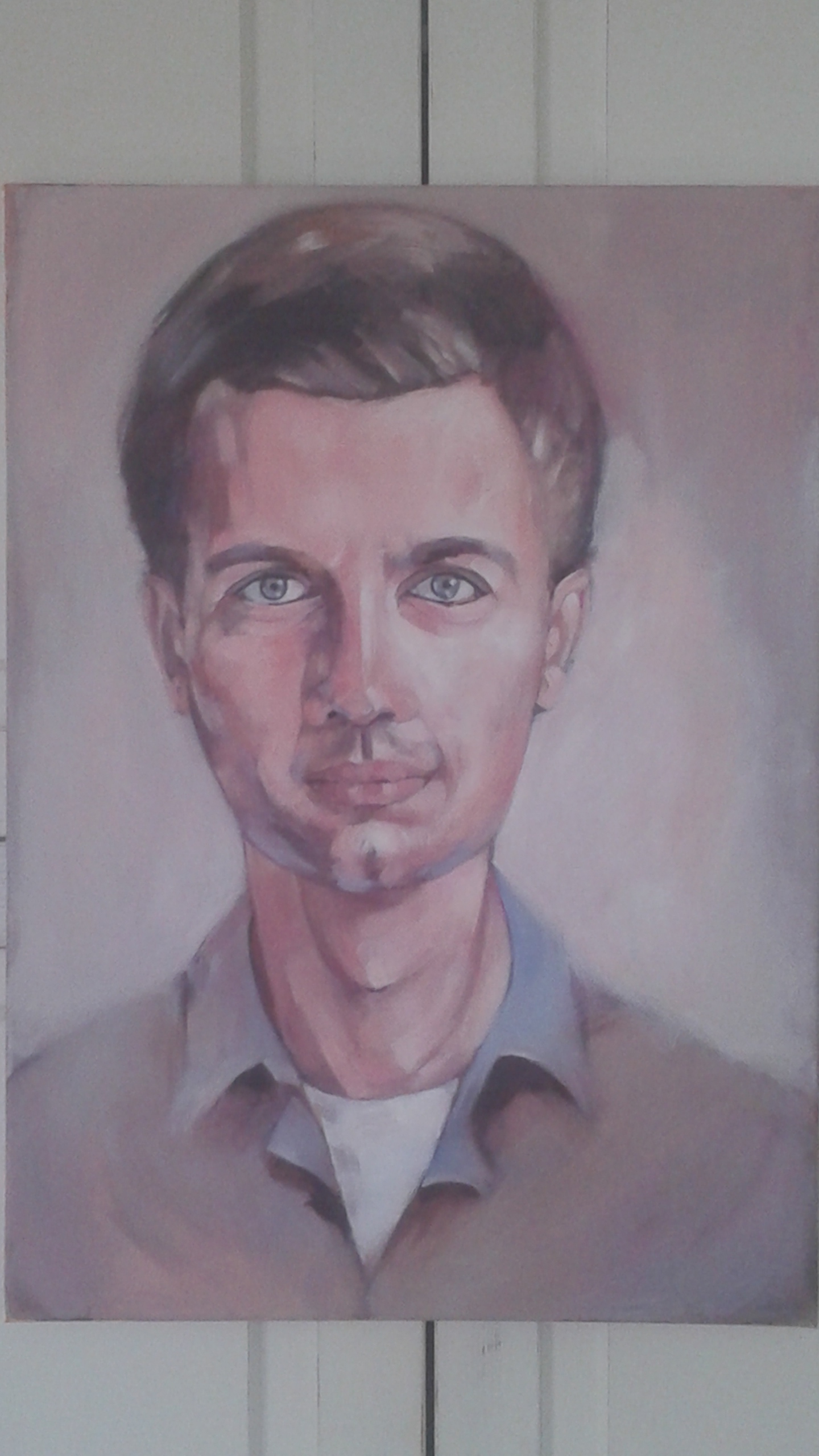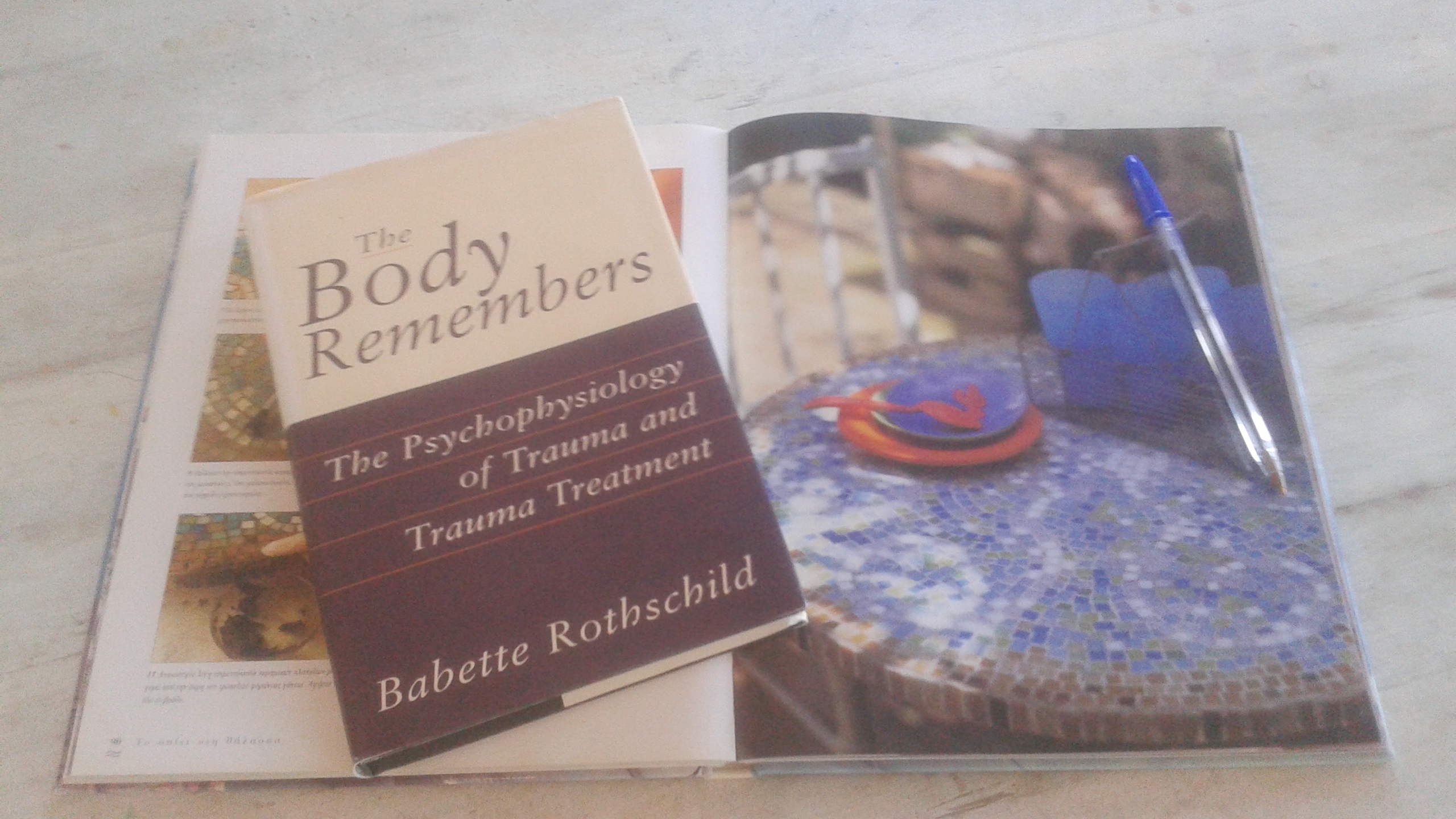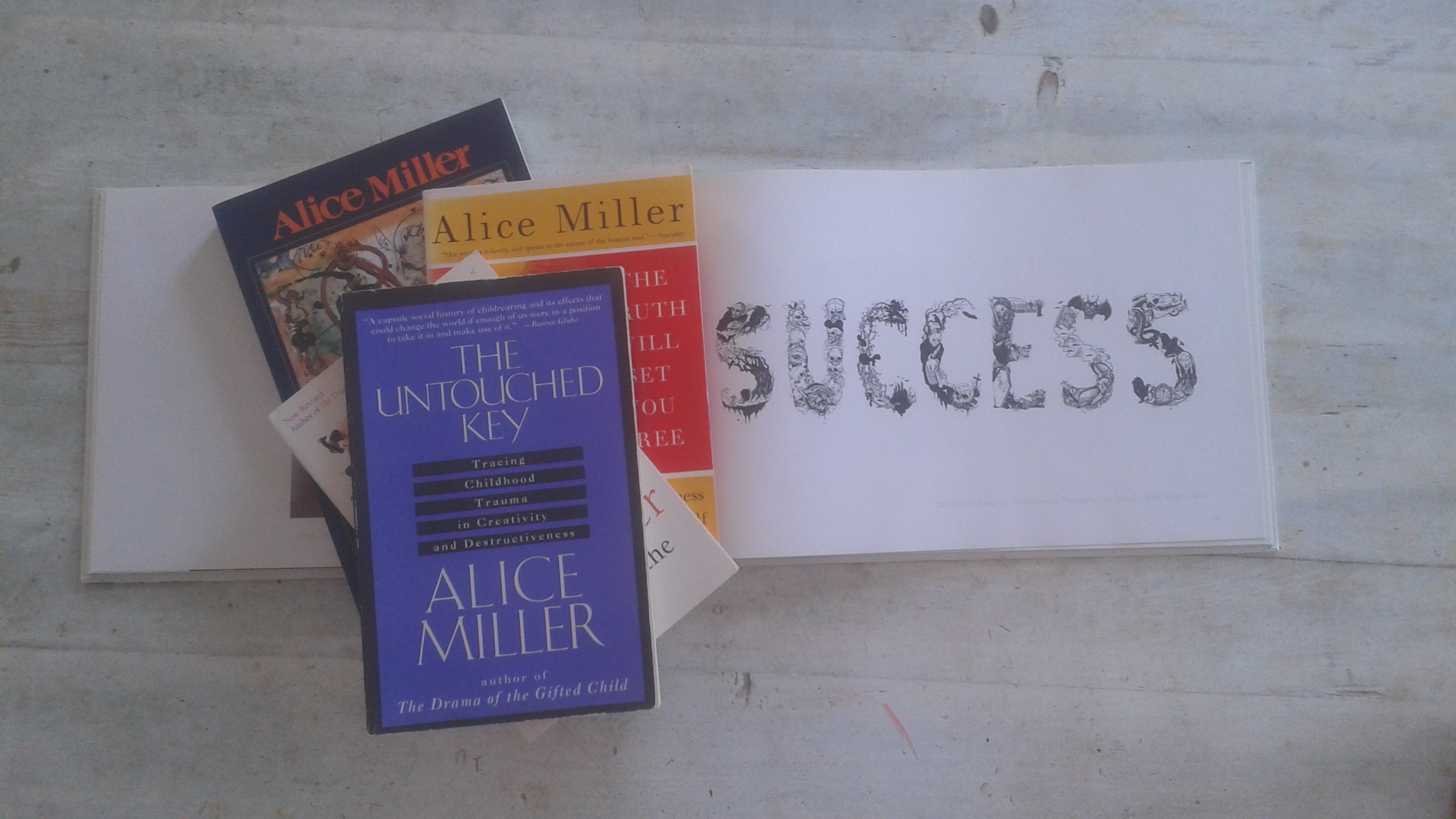“I would rather have questions that can’t be answered than answers that can’t be questioned.” Richard Feynman
‘We fool ourselves that something is right for all sorts of reasons – because it is comfortable to do so, because we’ve been conditioned to do so, because others think so, because it is fashionable to do so.’ Jeaneane Fowler

Although there are a couple of days to go before summer ends, the fig tree outside the bathroom window has already signaled the end of summer and the arrival of autumn. Fig leaves are always the first to change colour in my garden. They turn bright yellow at first, but soon dark ocher and light brown crisper versions litter the ground. They are the first to fall long before other deciduous trees shed their foliage. As we go through cycles of life and seasons end things re-emerge to be remembered, re-felt and re-evaluated, and through this process they too are changed or shed. The end of a season and the passing of time often transform our relationship with and capacity to hold experiences. The arrival of autumn is always registered in my physiology. A pause is often imposed upon me. Returning to the body as a whole during meditation connects me to my embodiment and aliveness.
Resting our attention on the body as a whole and being aware of all the sensations that run through our body at any given moment can create a sense of wholeness. In this week’s newsletter, Just One Thing, Rick Hanson discusses the experience of bodily wholeness, and also, provides steps of going about this kind of practice. He suggests we try paying attention to our breathing and to sensations in our whole body during meditation and while doing everyday activities like walking, housework, sitting, and so on. He writes: “Try to be aware of all the sensations of breathing in the torso, all of them present in consciousness as a unified whole, moment by moment. Let attention widen and soften to receive the whole torso as a single percept….. Next, open to a larger whole: all of the sensations of breathing throughout the body, appearing all together in awareness breath after breath. Then, see if you can go all the way out to include all body sensations, not just those of breathing…… experiencing your body as a whole – as a single, unified gestalt in awareness, with all its sensations appearing together at once – activates networks on the sides of your brain. These lateral networks pull you out of the planning, worrying, obsessing, fantasizing, and self-referential thinking – “me, myself, and I” – that’s driven by another neural network in the middle of the brain. Consequently, abiding as the whole body draws you into the present moment, reduces stress, increases mindfulness….”
Autumn is the season that brings my embodiment to the foreground, as well as, questions asked by humans since antiquity, my own asking and the memory of suppression and oppression. Questions about our human nature and life , and questions like: ‘How can I know what is true?’, ‘How can I live a meaningful life?’, ‘How should I treat others?’’, ‘What is my place in this world?’, ‘What kind of world do I want?’, ‘What responsibilities do individual capabilities bring?, ‘How do our beliefs support us and others in creating fulfilling lives and which beliefs foster more equality and freedom for all?’ We start asking questions early on, but often our curiosity and explorative nature is boxed or crushed by more or less stifling sociocultural contexts. Many diverse religious and non-religious worldviews have attempted to provide answers to questions like these and all of us in our own quiet hours have also probably tried to make some sense out of this business of living on this tiny planet in an infinite universe. We have probably all marveled and even felt a bit intimidated by the fact that we are part of something unimaginably enormous. The visible universe alone contains over 100 billion galaxies, which is humbling, and also, diminishes the argument that it was built for human beings.
Embodiment and mental activities like questioning and thinking are parts of the same whole. Our personalities are located in, and dependent on, our physical brains and our mental life is inevitably dependent on our brains and bodies. Our conscious experiences are accommodated within the physical world. Most of us accept the scientific findings that mental properties are dependent on brain activity, for without it, all signs of conscious life are absent. As Hugh Mellor, writes ‘… not only the nature but the very existence of our conscious experiences depends on our having bodies. All the evidence of our own and other people’s lives overwhelmingly implies this… I see nothing… which shows that mental properties… can be possessed by anything which does not have a body.’ On a similar note Bertrand Russell wrote: ‘All the evidence goes to show that what we regard as our mental life is bound up with brain structure and organized bodily energy. Therefore it is rational to suppose that mental life ceases when bodily life ceases. The argument is only one of probability, but it is as strong as those upon which most scientific conclusions are based….”
As I’ve lately been reading texts about how a humanist perspective might answer questions like the ones mentioned above I thought I might include an extract from a passage from the Humanist Association of Ireland in this post:
“We respect the right to privacy. Mature adults should be able to exercise reproductive freedom, to have access to comprehensive and informed healthcare and to die with dignity. We believe in the common moral decencies: altruism, integrity, honesty, truthfulness, responsibility…… We want to protect and enhance the earth, to preserve it for future generations, and to avoid inflicting needless suffering on other species….. We attempt to transcend any divisive parochial loyalties based on race, religion, gender, nationality, creed, class, sexual orientation or ethnicity, and strive to work together for the common good of humanity. We believe in individual happiness; in developing our creative talents to their fullest, and in the realisation of the best that we are capable of as human beings. We are deeply concerned with the moral education of children. We want to nourish reason and compassion. We are engaged by the arts no less than by the sciences. We are skeptical of untested claims to knowledge, but we are open to new ideas and seek new departures in our thinking….”
Seeking new departures in our thinking as a result of new experiences, observation and learning might be uncomfortable, but essential, if we want to know more about our personal and collective reality and transcend divisive loyalties. Also, recognising that there is a possibility of our beliefs being mistaken involves being able to employ skepticism when necessary. Reasonable doses of skepticism allow us to accept that we are all prone to biases and error, particularly, when it comes to answering the bigger questions. It encourages us to subject beliefs to critical scrutiny and allows us to question authority and prescribed ways of living or believing, and urges us to learn more. Also, beliefs are often time bound, politically informed, contain biases, and serve economic interests and agendas. So, being somewhat skeptical is as important as being courageous enough to embrace some uncertainty and the fact that as a species we may never know it all. The human brain, thus far and in many years to come, may simply not evolve to that point where it can answer questions like ‘How did this ultimately all begin?’ with absolute certainty.
From this place of awareness of our limitations and fallibility we are perhaps less invested in bullying and persecuting people that hold different beliefs form our own. Instead we could work towards creating a good life to the best of our ability, while fostering others’ intentions to do so as well, knowing beyond doubt that as a species we universally don’t desire hunger and poverty. We all want a warm bed and a roof over our head and the possibility to educate our children and provide for them. We don’t want to experience violence, war and strife or prejudice. We want joy and love and supportive circumstances to aspire and to thrive. We want to feel safe and free to think and express our ideas. So, what if instead of killing each other over our diverse belief systems often prone to revision and error, we built bridges among us based on the things we know for certain.



